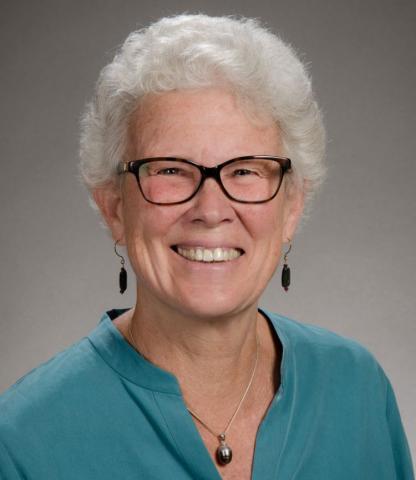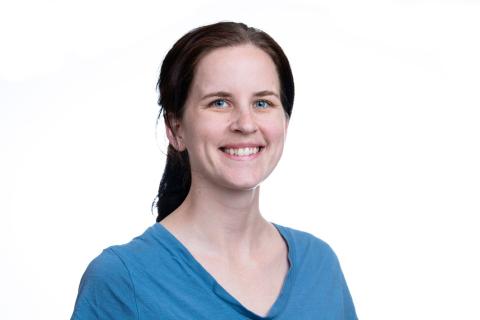Today, the most common methods used for medical device sterilisation are by gaseous ethylene oxide and by electron beam or gamma irradiation. With X-ray sterilisation about to enter the market, its material compatibility needs to be assessed at doses typically encountered during a sterilisation...
Filter results
Category
- (-) Chemistry (10)
- (-) Materials Science (7)
- (-) Plant Science (3)
- Scientific Discovery (307)
- Biology (198)
- Earth System Science (136)
- Human Health (102)
- Integrative Omics (73)
- Microbiome Science (42)
- Computational Research (23)
- National Security (21)
- Computing & Analytics (14)
- Energy Resiliency (9)
- Data Analytics & Machine Learning (8)
- Visual Analytics (6)
- Chemical & Biological Signatures Science (5)
- Computational Mathematics & Statistics (5)
- Weapons of Mass Effect (5)
- Atmospheric Science (4)
- Coastal Science (4)
- Ecosystem Science (4)
- Renewable Energy (4)
- Data Analytics & Machine Learning (3)
- Cybersecurity (2)
- Distribution (2)
- Electric Grid Modernization (2)
- Energy Efficiency (2)
- Energy Storage (2)
- Grid Cybersecurity (2)
- Solar Energy (2)
- Bioenergy Technologies (1)
- Computational Mathematics & Statistics (1)
- Grid Analytics (1)
- High-Performance Computing (1)
- Subsurface Science (1)
- Terrestrial Aquatics (1)
- Transportation (1)
- Wind Energy (1)
Content type
Tags
- Mass Spectrometry (4)
- Omics (3)
- Imaging (2)
- PerCon SFA (2)
- Polymer Materials (2)
- Spectroscopy (2)
- Activity-Based Protein Profiling (1)
- Bacterial Persistence (1)
- Bacterial Signaling (1)
- Bioenergy Production (1)
- Chemical Biology (1)
- Chemical Probes (1)
- Enzymology (1)
- Instrument Development (1)
- Mass Spectrometer (1)
- Metabolic Networks (1)
- metabolomics (1)
- Microbeam (1)
- Microscopy (1)
- Protein Engineering (1)
- Proteomics (1)
- Structures for Lossless Ion Manipulations (1)
- Synthetic Biology (1)
- Synthetic Chemistry (1)
- ToF-SIMS (1)
- Tomography (1)
- X-Ray Diffraction (1)
- XANES (1)
- XRF (1)
Ionizing radiation has been found to be widely applicable in modifying the structure and properties of polymers, and can be used to tailor the performance of either bulk materials or surfaces. Fifty years of research in polymer radiation chemistry has led to numerous applications of commercial and...
Category
An alternative method is presented for determining the maximum acceptable dose in products irradiated in electron beam processes. When the presentation of an individual product to the radiation field results in a high dose uniformity ratio, this can present a challenge for accurate testing of a...
Category
Scientific advancements in healthcare driven both by technological breakthroughs and an aging and increasingly obese population have lead to a changing medical device market. Complex products and devices are being developed to meet the demands of leading edge medical procedures.Specialized materials...
Category
The literature on the effects of radiation on the properties of various polymers and composites has been briefly reviewed for the purpose of identifying polymeric materials that could be irradiated to improve their performance. Radiation treatment of polymers may lead to cross-linking or chain...
Category
We report the construction of a database of infrared spectra aimed at detecting the gases emitted by biomass burning. The project uses many of the methods of the Pacific Northwest National Laboratory (PNNL) infrared database, but the selection of the species and special experimental considerations...
Category
"Visualizing the Hidden Half: Plant-Microbe Interactions in the Rhizosphere" Plant roots and the associated rhizosphere constitute a dynamic environment that fosters numerous intra- and interkingdom interactions, including metabolite exchange between plants and soil mediated by root exudates and the...
The PNNL-SERDP database was constructed by PNNL to generate the quantitative infrared spectra of gases associated with biomass burning; the reference data are to allow detection and quantification of such gases via infrared absorption spectroscopy. Candidates for the database were selected based on...
Category
Datasets
2
Category
Category
Short Biography Caroline (Carrie) Harwood received her Ph.D. in microbiology from the University of Massachusetts and completed postdoctoral work at Yale University. She held academic appointments at Cornell University and the University of Iowa before moving to the University of Washington in 2005...
Category
Elise Van Fossen is a Post-Doctorate Research Associate in the Biological Sciences Division. Her research focuses on developing synthetic and chemical biology techniques for microorganism engineering.
Category
PerCon SFA, Co-Investigator Vivian Lin earned her PhD in organic chemistry from the University of California, Berkeley with Professor Chris Chang, developing fluorescent probes for imaging redox active small molecules. Afterward, she traveled to Switzerland for a postdoctoral fellowship in the...
Category
Stanford Synchrotron Radiation Lightsource Experimental Station 14-3b is a bending magnet side station dedicated to X-Ray Imaging and Micro X-Ray Absorption Spectroscopy of biological, biomedical, materials, and geological samples. Station 14-3b is equipped with specialized instrumentation for XRF...
Category
Biography Young-Mo Kim is a senior bioanalytical chemist at PNNL. He received his PhD from Pohang University of Science and Technology in the School of Environmental Science and Engineering, studying analysis of metabolites during the bacterial and fungal degradation of xenobiotic substrates using...








